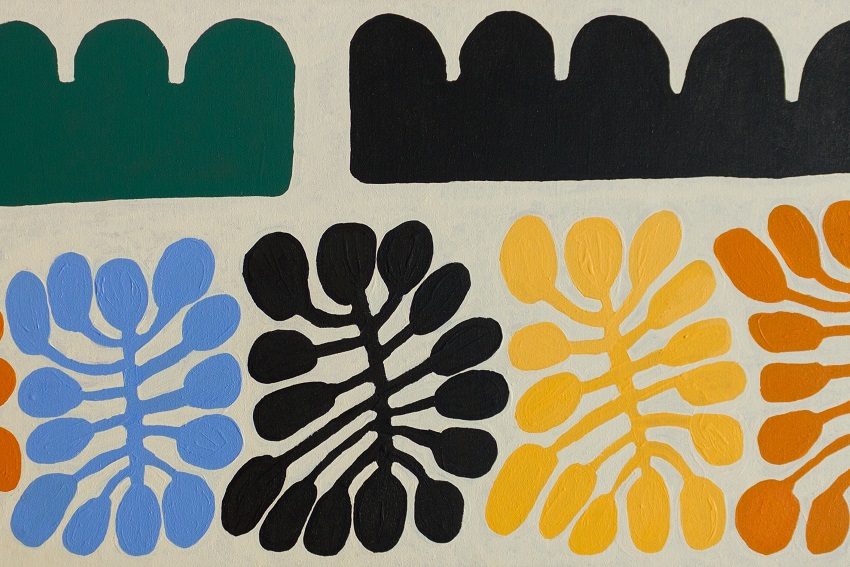How art centres are improving health in remote communities

Indigenous art centres in remote communities play a role far greater than providing a place to paint.
“The arts centre is probably one of the few places where people can earn an income,” Flinders academic Dr Maree Meredith tells The Adelaide Review. “There’s very limited economic opportunity in these remote communities. And people don’t just paint to sell, they paint to provide for their family as well, and the income stays within the community.”
Meredith’s research, which in December saw the Flinders University lecturer become the first PhD graduate of the Alice Springs-based Flinders Poche Centre, explores the broader health and social benefits such centres bring to regional Australia. Of the Anangu Pitjantjatjara Yankunytjatjara Lands’ seven arts centres, Meredith spent time with four, ranging from Australia’s oldest arts centre at Ernabella to its youngest, Indulkana, just off the Stuart Highway.

As Meredith discovered, the benefits of these ‘hubs of happiness’ are more than economic. “The arts centre is considered to be a neutral space; it’s one of those places where everybody can come, regardless of what’s happening,” she says. “It’s kind of an unspoken rule that if there’s any trouble, you leave it outside because the arts centre is a happy place; people can enjoy themselves through arts participation, but what I found is that people come because they like the company. Most of the artists are elderly, so it’s very much a social thing. It connects people with other people, but also to the outside world as well.”
Some of the most important outcomes Meredith observed came from segments of the community who may otherwise face isolation, from the elderly to those living with a disability. In providing a safe, structured space, these centres strengthen community networks and prevent people falling through the cracks. “When I talk about the arts centre being a place for everybody, there are people there with cognitive disabilities, physical disabilities, people that have diabetes, end-stage renal disease. Everyone has a table at the arts centre, it’s really inclusive in that everyone can participate regardless of their disabilities.”
In addition to improving community cohesion, the arts centre plays an important role in mediating the influence of other stakeholders and, as the Banking royal commission uncovered last year, the sometimes-predatory practices of outside companies. “The arts centre is considered to be like a buffer; it protects artists from the outside world, acts as an interface between services from the wider community or the Commonwealth. It interfaces between other service providers, so it’s really important in terms of advocating for people’s lives.

“Sometimes as consumers we don’t necessarily know what we’re dealing with – telcos coming in and getting artists on plans with bills into the thousands of dollars,” she says. “The arts centres were having to deal with that, with artists being taken advantage of.”
The sense of self-worth and community status that the arts bring – an inversion of how artists are often regarded by mainstream Australia – brings with it broad mental health benefits. “Being an artist has a lot of status in communities; I don’t think mainstream society really understand that. When people say ‘I’m an artist’, they say it with pride, and status in community.”
As Meredith’s research explores, all these functions serve to highlight the role arts centres play in complementing conventional health services and improving quality of life. “People are experiencing health but in different ways,” she says. “We see this as a really positive thing. We see people experiencing health in their own way, and on their own terms.
“We’re reframing health and having a different conversation about what it means to be healthy in remote communities.”

Header image:
Uwulkari Watiya Tjuta, Mitjili Napurrula (Courtesy Ikuntji Artists)